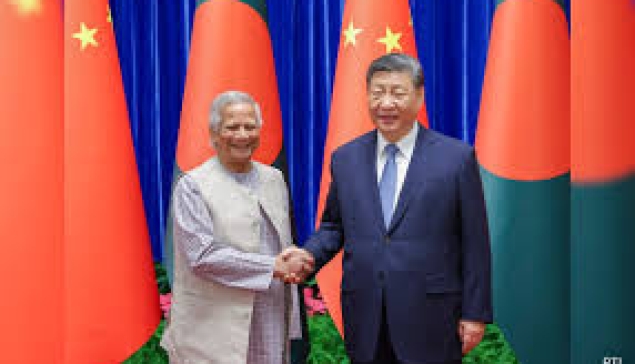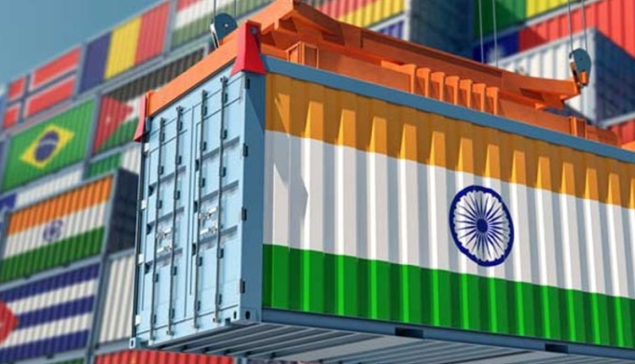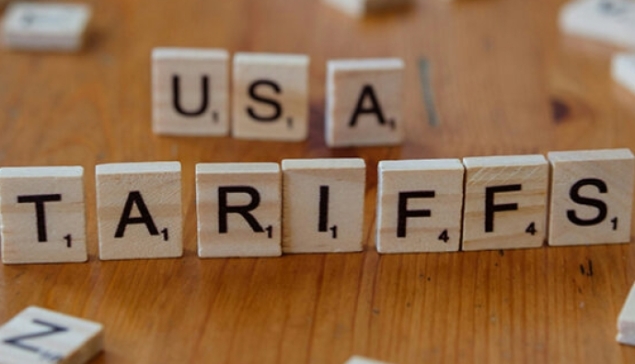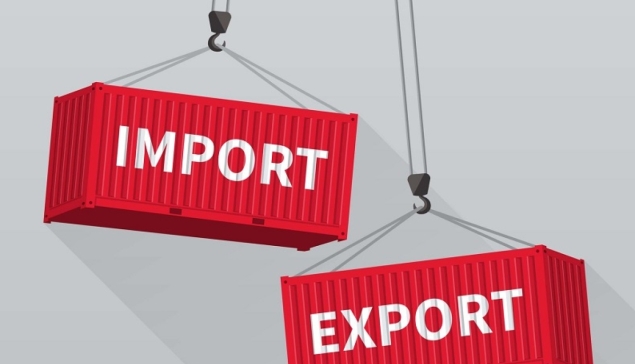The World Bank’s Global Economic Prospects report projects India’s GDP to grow by 6.3% in 2023-24 and 6.4% in 2024-25, cementing its status as the regional powerhouse.
Uneven Progress Across the Region
The economic landscape in South Asia varies significantly across countries, with some thriving and others facing substantial challenges.
Bangladesh: Once a regional growth leader, Bangladesh saw its growth rate dip to 5.6% in 2023 due to import restrictions and rising costs. A slight rebound is expected in 2024, but ongoing inflation and currency issues remain concerns according to the World Bank.
Pakistan: High inflation and currency devaluation hampered Pakistan’s economy in 2023. Growth in 2024 is anticipated to be around 4%, constrained by restrictive fiscal and monetary policies.
Sri Lanka: The economic future of Sri Lanka is uncertain, contingent on the outcome of critical debt negotiations.
Maldives and Bhutan: In contrast, the Maldives and Bhutan are experiencing impressive growth. The Maldives’ tourism-driven economy is projected to grow by 4.5% in 2024, while Bhutan’s new hydroelectric plant is expected to boost GDP by a remarkable 7.2% in the same year.
Cautious Optimism
Despite South Asia’s strong performance, the region faces global challenges. The World Bank highlights potential risks including rising energy and food prices, tighter financial conditions, and geopolitical tensions. Domestic uncertainties, such as upcoming elections in some countries, add further complexity.
Demographic Dividend
However, South Asia also has significant opportunities for sustained growth. With a young and growing population, increasing consumption, and a focus on infrastructure development, the region has the potential to navigate its challenges effectively. By adopting growth-friendly policies, South Asia can continue to thrive and build on its economic success.




















